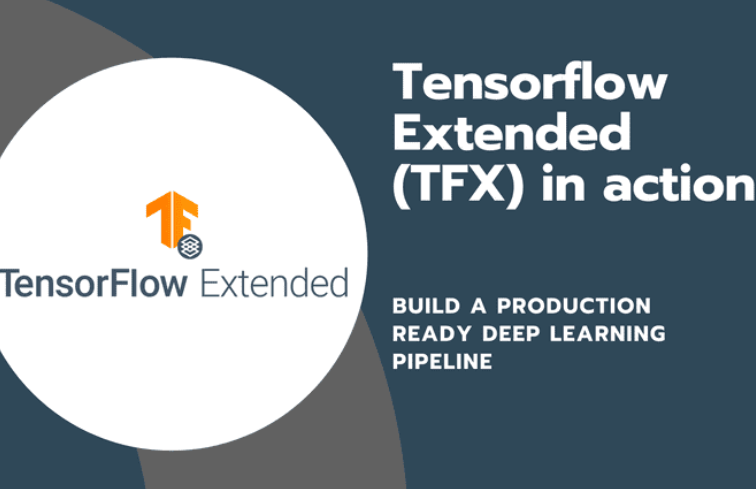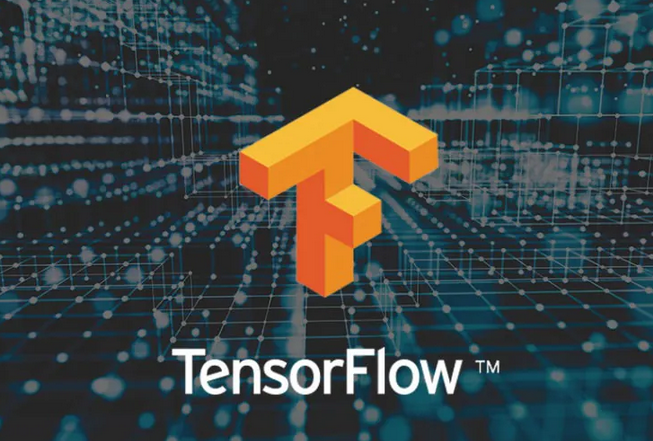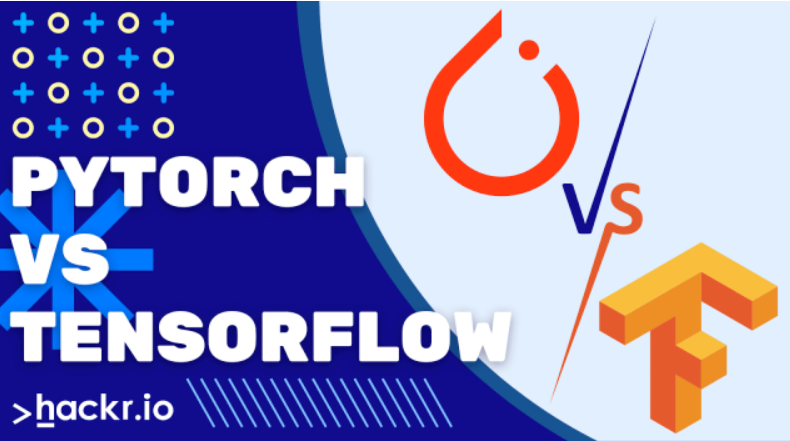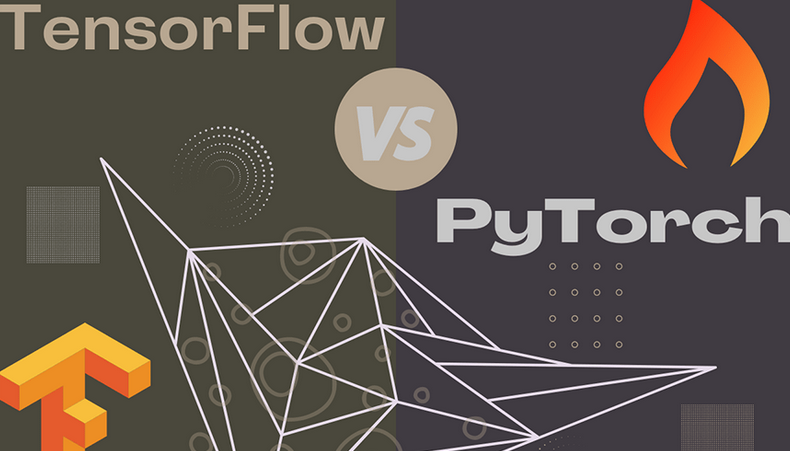Category: What is TensorFlow Extended

What is TensorFlow Extended – Pipelines using TensorFlow Extended
Introduction In the previous chapter we worked on the pipelines of GCP using Kubeflow and built the first pipeline for the custom model training. In this chapter, we will start understanding the TFX and its components, and how to use these components for custom model training. Structure In this chapter, we will discuss the following

Pipeline comparison – Pipelines using Kubeflow for Custom Models
Users may run multiple pipelines with different models or with a different sample of data. GCP provides users an option to compare the performance of different pipelines. In this exercise, we had built a pipeline to train random forest classifier model. Change random forest to any other model of your choice and run the pipeline

Pipeline – Pipelines using Kubeflow for Custom Models
Follow these steps to analyze the status of the pipeline job, artifacts, lineage and output: Step 1: Pipeline of custom model Open the link as shown in Figure 7.10 to navigate to the pipelines of Vertex AI. The pipeline will start executing and will take about 5 to 10 mins. All the four tasks in

Pipeline code walk through – Pipelines using Kubeflow for Custom Models
We will be using Python 3 notebook file to type commands, create a pipeline, compile and to run it. Follow the following mentioned steps to create a Python file and type the Python codes given in this section. Step 1: Create Python notebook file Once the workbench is created, open the Jupyterlab and follow the

Pipeline code walk through – Introduction to Pipelines and Kubeflow-2
Step 6: Pipeline construction Run the following codes to define the pipeline with the custom components and the other GCP components. Important points about the following code are: DISPLAY_NAME = ‘image_boat_classification’@kfp.dsl.pipeline(name=”image-classification”,pipeline_root=pipeline_folder)def pipeline(gcs_source: str = “gs://pipeline_automl/class_labels.csv”,display_name: str = DISPLAY_NAME,project: str = PROJECT_ID,gcp_region: str = “us-central1”,api_endpoint: str = “us-central1-aiplatform.googleapis.com”,thresholds_dict_str: str = ‘{“auPrc”: 0.60}’,):First componentdataset_create_op = gcc_aip.ImageDatasetCreateOp(project=project, display_name=display_name,
Pipeline code walk through – Introduction to Pipelines and Kubeflow-1
Workbench needs to be created to run the pipeline code. Follow the steps followed in Chapter 4, Vertex AI Workbench and custom model training under the section Vertex AI Workbench creation for creation of the workbench (choose Python3 machine):Step 1: Creating Python notebook fileOnce the workbench is created, open the Jupyterlab and follow the steps
API enablement – Introduction to Pipelines and Kubeflow
We are enabling the APIs as and when it is required throughout various chapters. To work with vertex AI pipelines, we need to enable APIs in addition to the compute engine, container registry, aiplatform (which we have already enabled in previous chapters) like cloud functions, cloud build. In the previous chapters we enabled the APIs
Tasks of Kubeflow – Introduction to Pipelines and Kubeflow
An input-driven job executes a component, called Task. It is a component template instantiation. A pipeline consists of jobs that may or may not share data. One pipeline component can instantiate numerous jobs. Using loops, conditions, and exit handlers, tasks may be generated and run dynamically. Because tasks represent component runtime execution, you may configure
Benefits of machine learning pipelines – Introduction to Pipelines and Kubeflow
There are various benefits of machine learning pipelines: Execution The pipeline gives users the ability to program many phases to carry out in parallel in a dependable and unsupervised manner. This indicates that users are free to concentrate on other things concurrently while the process of data modelling and preparation is being carried out. Since
Submitting training job with Python SDK – Vertex AI Custom Model Hyperparameter and Deployment
In all the exercises that we have covered in the previous chapters, we have mainly worked on graphical user interface of the platform. Let us now see how to submit the job for training using Python code.Step 1: Create a new python notebook on the Jupyter labFollow the given steps to create a new Python
Archives
- September 2024
- August 2024
- July 2024
- June 2024
- May 2024
- April 2024
- March 2024
- February 2024
- January 2024
- December 2023
- November 2023
- September 2023
- August 2023
- June 2023
- May 2023
- April 2023
- February 2023
- January 2023
- November 2022
- October 2022
- September 2022
- August 2022
- June 2022
- April 2022
- March 2022
- February 2022
- January 2022
- December 2021
- November 2021
- October 2021
Calendar
| M | T | W | T | F | S | S |
|---|---|---|---|---|---|---|
| 1 | 2 | 3 | 4 | 5 | ||
| 6 | 7 | 8 | 9 | 10 | 11 | 12 |
| 13 | 14 | 15 | 16 | 17 | 18 | 19 |
| 20 | 21 | 22 | 23 | 24 | 25 | 26 |
| 27 | 28 | 29 | 30 | 31 | ||
